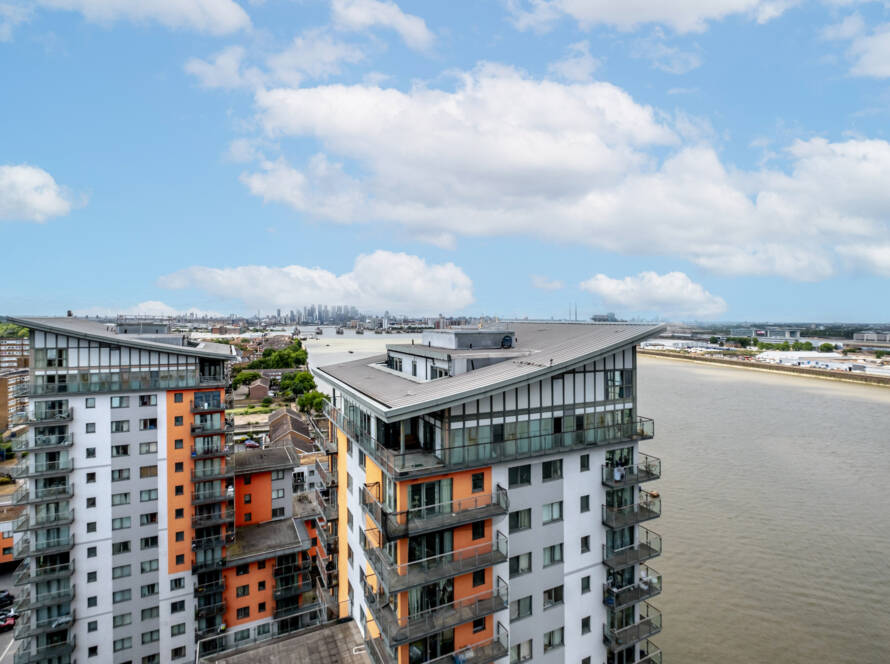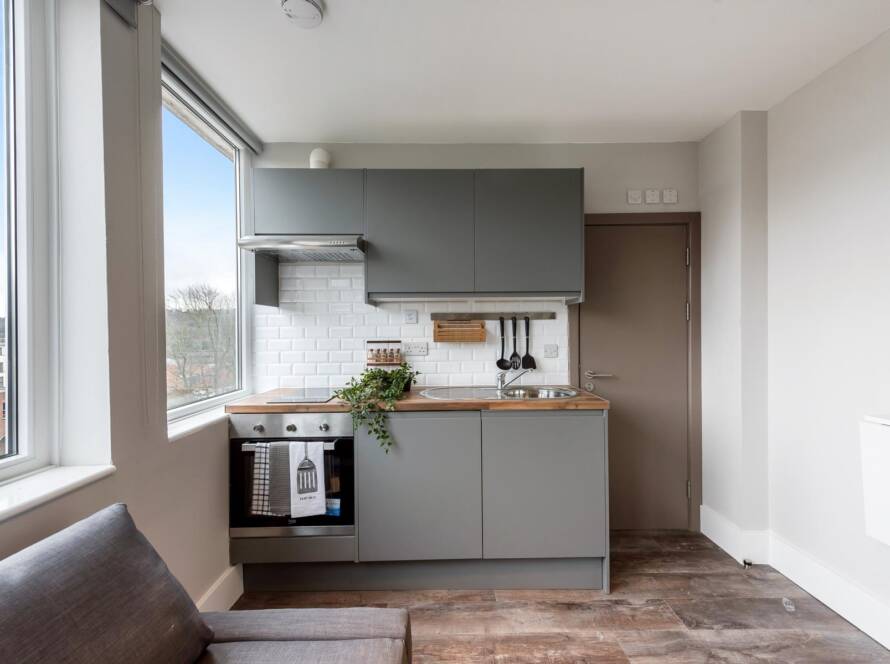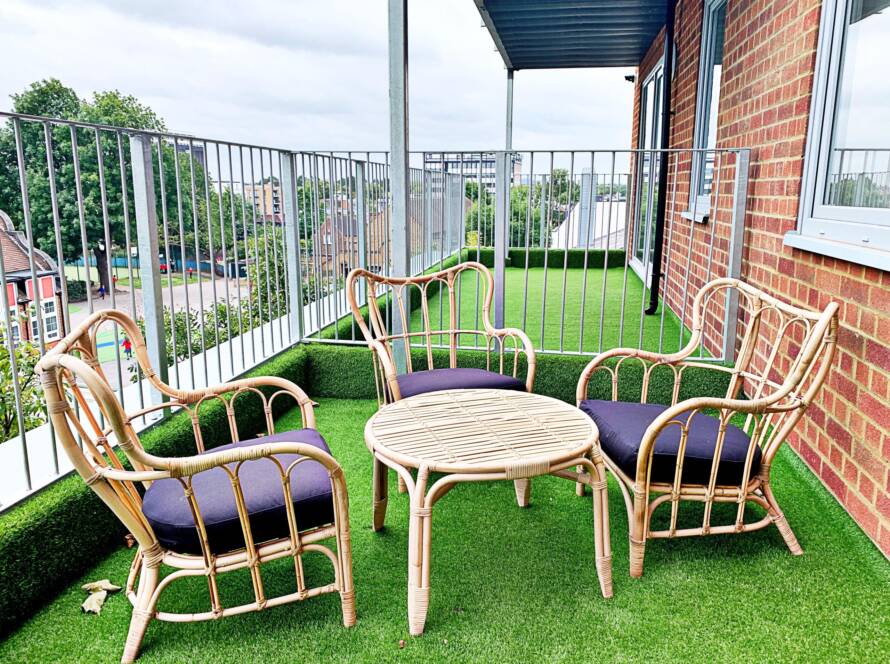London is home to some of the UK’s most iconic architecture — from Georgian townhouses to Victorian warehouses. But as the city pushes toward its 2030 net-zero target , these historic buildings are facing a critical challenge: how to preserve their character while meeting modern energy efficiency standards.
Enter retrofitting — one of the fastest-growing trends in UK construction.
🎯 Trend Focus: Building Retrofit & Energy Efficiency
With new regulations tightening around carbon emissions, developers, landlords, and homeowners are increasingly turning to building retrofit as a sustainable alternative to demolition and rebuild.
Retrofitting involves upgrading existing structures with energy-efficient materials, systems, and technologies — reducing environmental impact while extending the life of older buildings.
This trend is especially relevant in London, where over 60% of buildings were constructed before 1980 and are in urgent need of energy performance upgrades.
🔧 Key Retrofit Strategies Gaining Popularity
1. External Wall Insulation (EWI)
Ideal for older brick or stone buildings, EWI improves thermal efficiency without altering internal space — making it perfect for listed buildings and conservation areas.
2. Double Glazing & Secondary Glazing
Replacing single-glazed windows with energy-efficient alternatives can significantly reduce heat loss and noise pollution.
3. Air Source Heat Pumps
Replacing outdated gas boilers with low-carbon heating solutions like heat pumps is now a top priority for many retrofit projects.
4. Smart Ventilation Systems
Modern ventilation ensures proper airflow without compromising insulation — crucial for maintaining indoor air quality in tightly sealed retrofits.
📚 Case Study: Camden Council’s Retrofit Programme
Camden has become a national leader in large-scale retrofit initiatives. Their ‘Retrofit First’ strategy focuses on upgrading existing housing stock rather than demolishing and rebuilding.
By insulating façades, installing solar panels, and replacing old heating systems, the council has already achieved up to 40% reductions in energy use across several estates — proving that retrofitting works at scale.
💰 Cost vs Long-Term Value
While retrofitting can be expensive upfront — especially when working within heritage constraints — the long-term savings in energy bills, compliance, and asset longevity make it a strategic investment.
Additionally, government grants such as the Social Housing Decarbonisation Fund and Home Upgrade Grant Scheme are helping offset costs for eligible property owners.
🌱 R&D Workforce’s Role in Supporting Retrofit Projects
At R&D Workforce , we’re proud to support the growing demand for retrofit builds by supplying skilled professionals trained in:
- Heritage-friendly insulation techniques
- Low-carbon heating installation
- Sustainable material handling
- Conservation-compliant building practices
We work closely with contractors and local authorities to ensure retrofit projects are staffed efficiently and completed to the highest standards.
✅ Tips for Property Owners & Developers
If you’re considering retrofitting an older property:
- Start with an Energy Performance Certificate (EPC) assessment
- Consult with conservation officers if your property is listed
- Explore available green finance schemes
- Prioritize non-invasive upgrades to maintain architectural integrity
🔚 Final Thoughts
As pressure mounts to decarbonize the built environment, retrofitting offers a practical, sustainable solution — especially in a city like London, where history and modernity must coexist.
With rising demand for energy-efficient retrofitting , the construction industry is evolving to meet both regulatory and environmental expectations.
At R&D Workforce , we’re committed to supporting this shift by connecting skilled tradespeople with forward-thinking retrofit projects — helping London build a greener future, one brick at a time.





